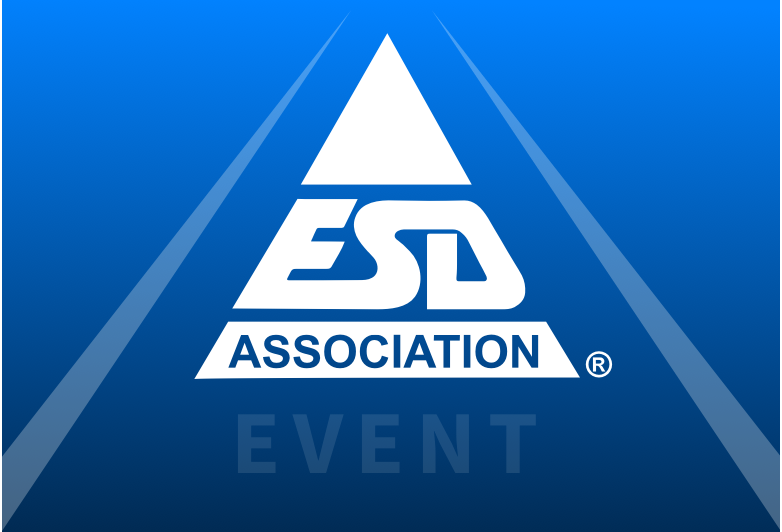2026 International ESD Workshop (IEW) – Asia
- Date & Time:
- July 13-16, 2026
- Location:
-
Marina Bay Sands Expo and Convention Centre
10 Bayfront Avenue, Singapore 018956
Overview


|
IMPORTANT DATES
March 6th, 2026 Abstract Poster Submission Deadline April 10th, 2026 Notification of Acceptance June 26th, 2026 Final Poster Due |
Submission Guidelines The submission instructions are included in the abstract template which is available at the 2026 IEW-Asia event on the ESD-Association website (https://www.esda.org/events/2026-international-esd-workshop-iew-asia/). The abstract submission link: https://softconf.com/p/iew2026/. The abstract submission is in PowerPoint format and is no longer than 6 slides. Submissions are due Mar 6th, 2026. There will be no published proceedings of IEW. Walk-on posters are also permitted at IEW with no prior review, but only those works which are submitted for review and acceptance will be included in the five-minute teaser presentation sessions. |
